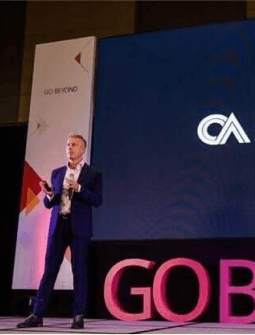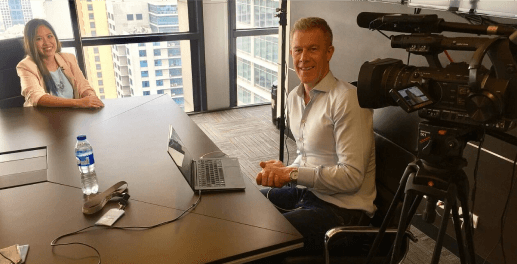Workers expose toxic workplaces on LinkedIn as HR falls short

NEW YORK, UNITED STATES — With traditional HR channels often seen as ineffective, professionals are turning to LinkedIn to expose toxic workplace behaviors and their “horrible bosses.”
The rise of anti-workplace toxicity influencers
Stefanie Costi, now known as The Anti-Bullying Lawyer, emerged as a prominent voice after sharing her personal experience of workplace bullying. Her post about being a “bright young lawyer” who faced bullying at work garnered over 1.2 million views and 10,000 likes.
Today, with more than 80,000 followers, she regularly shares insights about toxic workplace behaviors, often featuring selfies with whiteboard messages highlighting warning signs of problematic management.
HR’s diminishing role in addressing workplace toxicity
According to a 2024 report by HR Brain, 37% of workers experience toxic workplace environments daily, with 32% identifying their boss as a primary source of stress.
The American Psychological Association’s 2024 survey revealed that 59% of respondents believe their employers overestimate the mental health of their work environment.
“HR is often more about protecting the company’s interests than supporting employees,” Costi explains. “Reporting toxic behavior can backfire, labeling you as a ‘troublemaker’ and potentially putting your job at risk.”
HR leaders caution against public complaints
As remote work becomes prevalent, the challenge of addressing workplace toxicity grows more complex. Experts warn that bypassing HR can complicate matters, suggesting that internal mechanisms and personal confrontation might be more effective in fostering a healthy work environment.
Tim Glowa, CEO of HR Brain, emphasizes that “rather than venting online, reporting helps build a proper case while ensuring confidentiality and protecting your professional reputation.”
Employment attorney Nicole Brenecki warns that while vague posts might be acceptable, publishing specific details about companies could compromise future litigation.
“Publicly airing grievances can erode respect within a team and contribute to a negative work environment,” Joe Galvin, chief research officer at Vistage, adds.
“Leaders play a crucial role in fostering a culture of open, constructive communication and guiding employees to address concerns through appropriate internal channels. Regular check-ins, mentorship programs, and conflict-resolution strategies can help prevent issues from escalating to public social media.”
Despite these warnings, The Rising Heard, Costi’s newly founded startup, continues to provide legal advice and coaching to victims of toxic workplaces, suggesting that traditional HR channels may not be sufficient for addressing workplace toxicity in today’s environment.

 Independent
Independent




